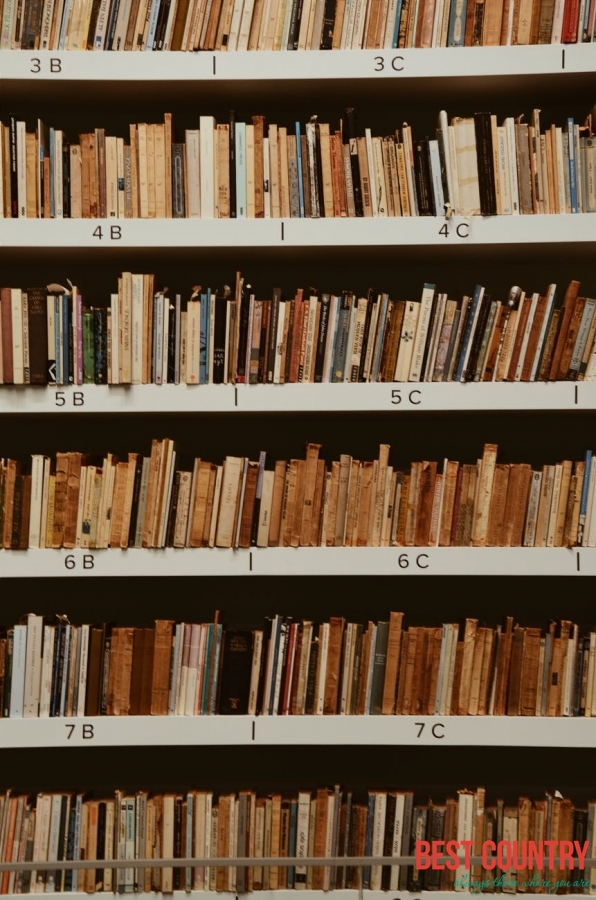Education in Ghana

In contrast, at the time of independence in 1957, Ghana had only one university and a handful of secondary and primary schools. In the past decade, Ghana's spending on education has been between 28 per cent and 40 per cent of its annual budget.
Basic education
Basic Education is now 11 years made up of 2 years of Kindergarten, 6 years of Primary School, and 3 years of Junior High School (JHS). After JHS, students may choose to go into different streams at Senior High School (SHS), comprising General Education and Technical, Vocational and Agricultural and Training (TVET) or enter into an apprenticeship scheme with some support from the Government.
Senior Secondary education
After basic school, pupils may enter senior high (or technical/vocational) schools for a three-year course, which prepare them for university education. Students usually study a combination of three (in some cases, four) 'elective' subjects and a number of core subjects.
For example, a science student could study Elective Mathematics, Chemistry, Biology and Physics as his 'elective' subjects. An arts student might study Geography, Economics and Literature as his elective subjects. In addition to the elective subjects, there are 'core' subjects, which are those studied by all students in addition to their 'electives'. The 'core' subjects include Mathematics, English and Science.
At the end of the three year senior secondary course, students are required to sit for the West African Senior Secondary Certificate Examinations (WASSCE). Students who obtain aggregate 36 or better (six subjects) can enter the university.
Usually, the score is determined by aggregating the student's grades in his elective subjects. The aggregate score is then added to the aggregate score of his best 'core' subjects, with scores in English and Mathematics considered first.
So if an arts student scores 'A1' in Geography, 'B2' in Literature and 'B3' in Economics, he'd obtain an aggregate score of 6 for his electives (i.e. A1=1; B2=2 & B3=3...F9 (fail)=9).
His best core subjects are then added. If he obtains 'B2' in English, 'B3' in Mathematics and 'A1' in Social Studies, his best 'core' aggregate will be six. Therefore, his overall aggregate score will be 12 and he qualifies for admission into a university. Once again, an overall aggregate score of six is best.
Tertiary education
Entrance to universities is by examination following completion of senior high school. Pass grade is C6 or better.
School enrolment is 98% totalling over 2 million.